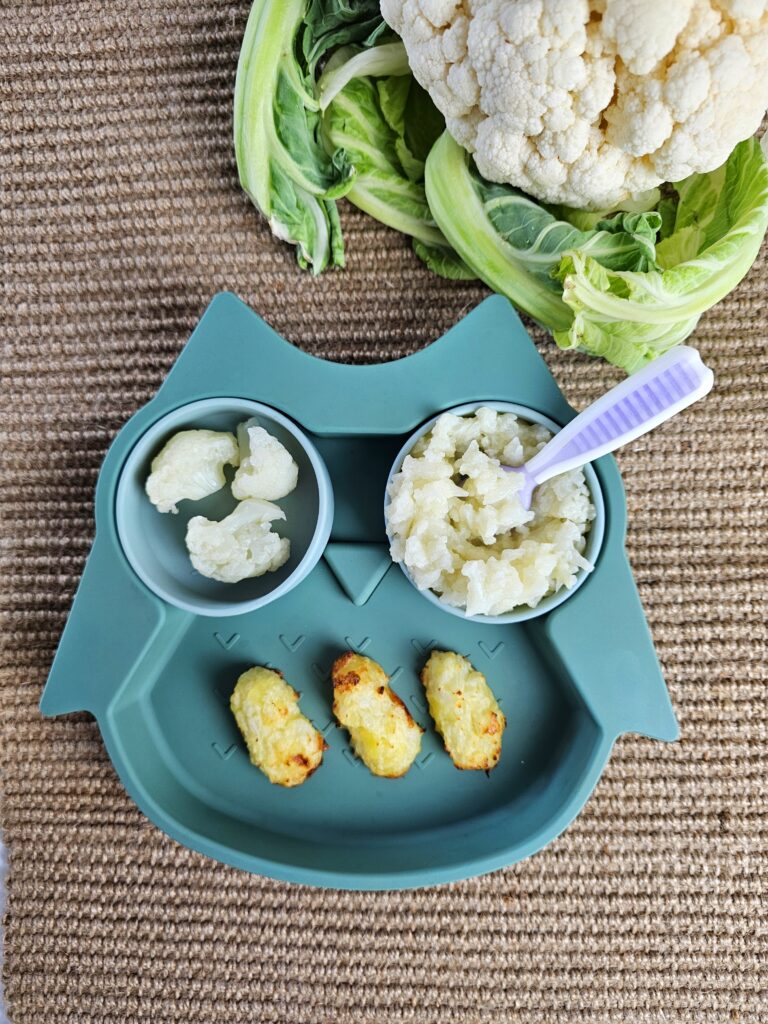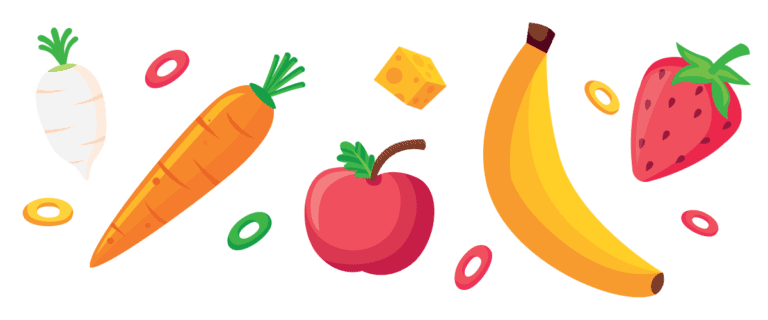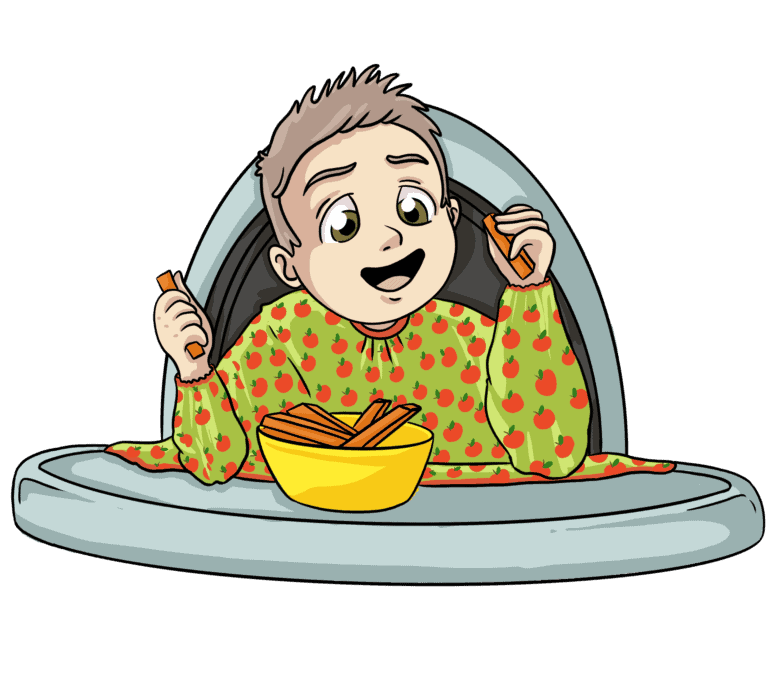
Cauliflower is a good source of vitamin C: a raw portion contains almost as much vitamin C as half an orange. After cooking, only a small amount is lost, so that the cooked cauliflower is still a good source of this vitamin. But cauliflower is also a source of vitamin B9 (very interesting for growing children), source of vitamin B5 (energy, cognitive performance, reduction in fatigue, vitamin D synthesis) and source of iron (when it is cooked!). This vegetable also contains potassium, selenium , iodine and glucosinolates , like all crucifers . These are bioactive compounds that would have potential effects against different types of cancer.
Learn more about allergens
A somewhat special flavor, a white color and green leaves that cover it, cauliflower is a vegetable to consume in winter thanks to its many virtues. Indeed, cauliflower is a vegetable rich in fibers and vitamins which help to strengthen the immune system of the whole family and which are beneficial for the digestive tract. From 6 months, you can put a crushed cauliflower or even steam flowers on the baby's plate. After discovering cauliflower in its raw form, baby can discover this white vegetable in different BLW recipes based on cauliflower . The cauliflower can be offered in different forms and textures with various flavors in order to make the most of the baby's taste palette. Whether they are kibbles, pancakes, pasta salad, pancakes, falafels, popcorn, etc. There are many ways to awaken baby's taste buds with cauliflower.
To enhance the cauliflower in the baby's plate and add a little color, do not hesitate to season it with spices such as curry or paprika.



Receive our guide in PDF format to print. You will find there: